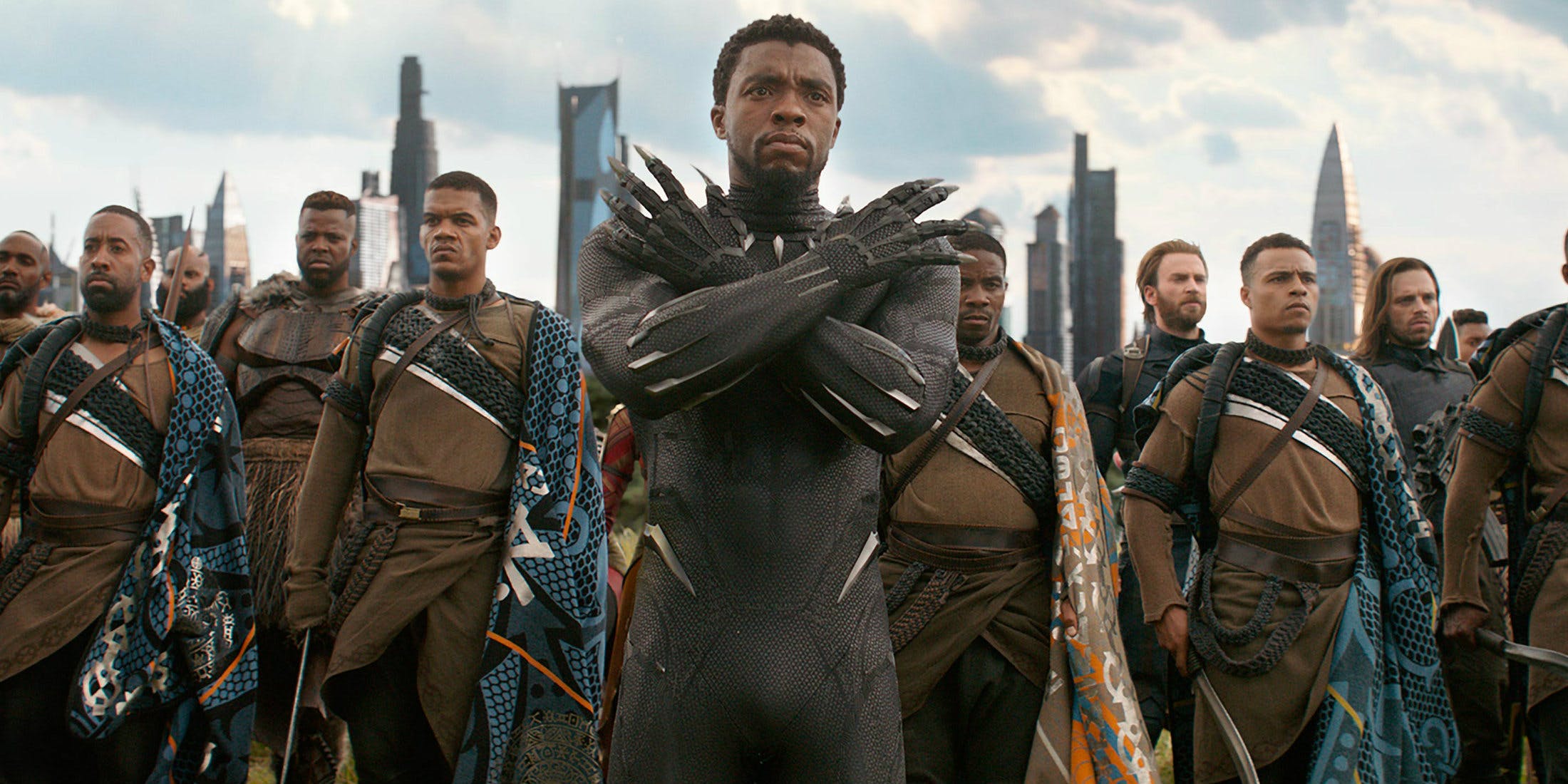The world may constantly be evolving, but there is one thing that doesn’t change.
Everyone wants to belong.
It doesn’t matter what they belong to, but the human need to communicate and share information and culture continues to be a top need. So much so that it is even a part of Maslow’s hierarchy of needs for human beings.
People need tribes or communities, and brands need people. It’s easy to see why many major brands have looked towards future-proofing their brands through tribes.
- Advertisement -
Tribes are what famous marketer Seth Godin calls special or niche communities.
“A tribe is a group of people connected to one another, connected to a leader, and connected to an idea.” – Seth Godin, Tribes
Read more > Tribes by Seth Godin; an enjoyable read!
Why Tribes?
Tribes are a community of die-hard fans, brand evangelists and activists that have one thing holding them together, you.
What marketer wouldn’t want a small army of brand/product loving fans, willing to market your brand for you?
So, why aren’t more marketers doing it? Because building a tribe is difficult, hard to achieve and involves an important element that we are taught never to do; look away from the product.
A great example of this is Red Bull. Red Bull built their brand around a lifestyle, creating a tribe of adventurers and extreme sports lovers without the need of pushing their products day-in and day-out. Red Bull is currently one of the most successful and worshiped brands and is now expanding with Red Bull media to share their expertise on building communities and content.
If you want a loyal fanbase, you’re looking for a tribe.
How to build a tribe or community?
As entrepreneurs or marketers, you have the chance to build a tribe or community that shares beliefs, culture and a mission. By leveraging the power of tribes, a brand can continue to thrive with minimal advertising effort as long as they nurture the tribe.
Here is how.
1- Mark your vision and set the stage
The vision or mission you have for the tribe is, and should never be, about selling a brand or product. That is the happy side-effect of having a satisfied tribe.
It needs to be something that can endure time, a timeless ambition or cause.
The community of tribe members grow and thrive depending on your cause and how you set the stage for it.
Your mission or vision should be about deeply rooted values, focused on creating major change in the world, a deeply shared passion, improving the community, a common purpose or giving a sense of meaning to people.
Choose wisely.
And always remember that the people in your tribe can only be as passionate about the mission as you are. As the leader of the tribe, you are creating a space for members to bond and connect. You choose the core mission, but the tribe isn’t about you, it’s about growing a tribe of like-minded people.
Social media and the internet has made it even easier to create tribes. It is important to stay on top of new platforms, trends and relevant topics, which is why it is important to…
2- Research and identify your tribe
Before you can become a passionate leader, you need to know who you will lead.
You have a mission, which means you now must find your niche and define your brand’s position. Identifying these two will help you know who your audience is, their interests, and where they go online. You’ll find their values, how to appeal to them, and what kind of content to create that resonates with them.
Identifying them will also help you find their favorite social platforms. Keeping up to date with new platforms and forms of content to connect with your tribe is also important.
There are three main segments to your tribe beside you, the leader. It is vital to know who they are and how to best use them to grow the tribe.
- Field Recruits
These are the core of your tribe, the everyday person. These people help do the grassroots work of getting your message out by talking to other communities they are part of and friends and family. - Ambassadors
Ambassadors are your brand evangelists. They love what you do, buy what you sell, share what you tell and want to help support you and the tribe. The champion the brand and the tribe and engage as much as they can. - Torchbearers
Influencers, authoritative figures, and leaders can be quickly spread your brand and tribe through their own platforms. They usually have a working platform that enables them to engage with their own supporters. These are vital members of your tribe, where you can borrow their platform to share your mission.
3- Get engaged and involved
One of the biggest issues when it comes to growing a tribe is building a culture of engagement and constant communication. Without those, a vision or mission cannot survive or cause any change.
To create and keep a tribe healthy, you must build a strong foundation of interaction.
- Be vocal about your message and why it’s important to share it with others
- Only post genuine and value-adding posts
- Value the attention given to you by tribe members, and only give value back
- Involve yourself, your brand and your members in decisions, discussions, polls, etc.
- Connect with relevant content, and plan a ratio of produce/brand and non-branded content (branded content could be less)
- Adopt weird usages or sayings about brand/product (Vaseline embraces all the different things users have used their products for, and Google has accepted its name as a new verb)
- Study their communication style on their favorite platform, and adopt it
- Be consistent and human
4- Encourage and Reward
To continue building a culture of engagement, reward those that are engaging.
Reward those who engage and are highly active by giving shout-outs, messaging them, content pieces and replying to comments. Nurture the community by rewarding those that engage, which will encourage others to engage more.
As Philosopher William James notes, “the deepest principle in human nature is the craving to be appreciated.”








